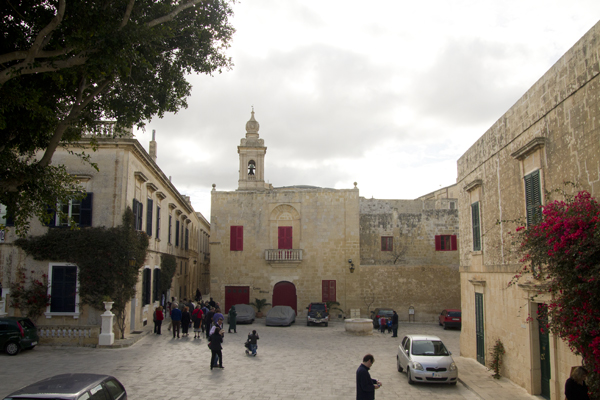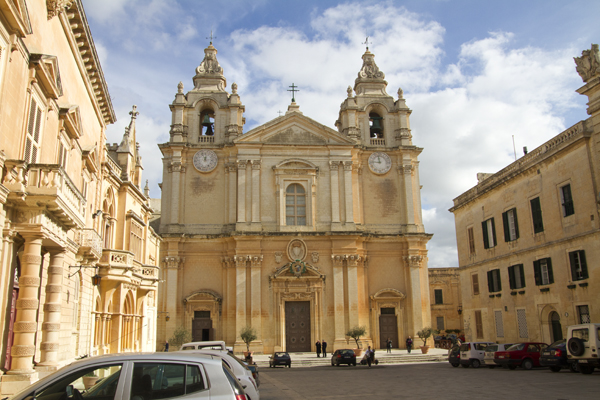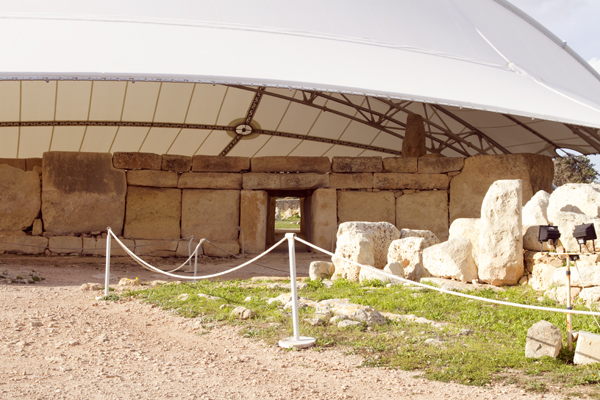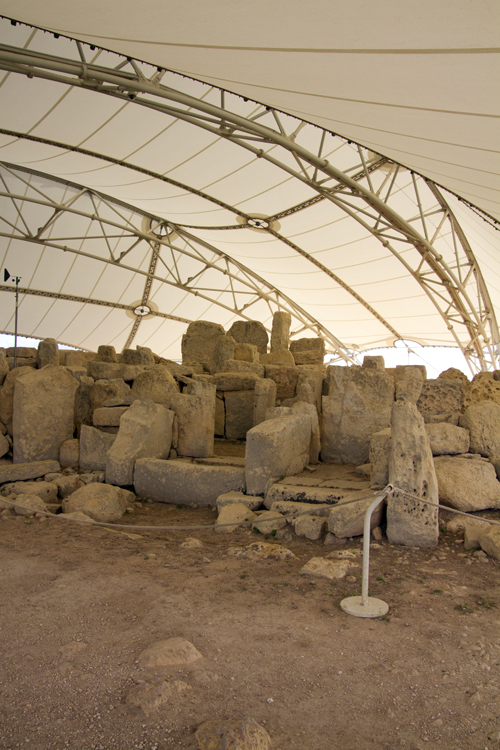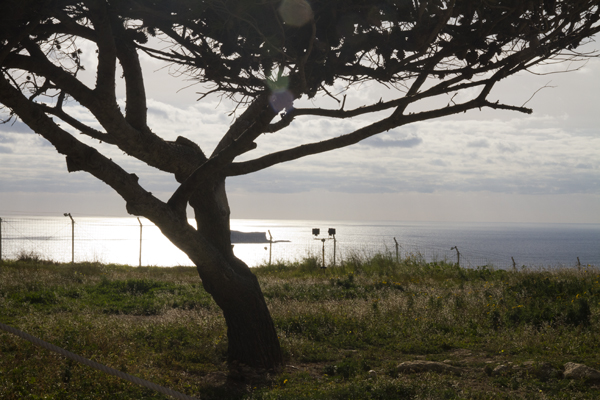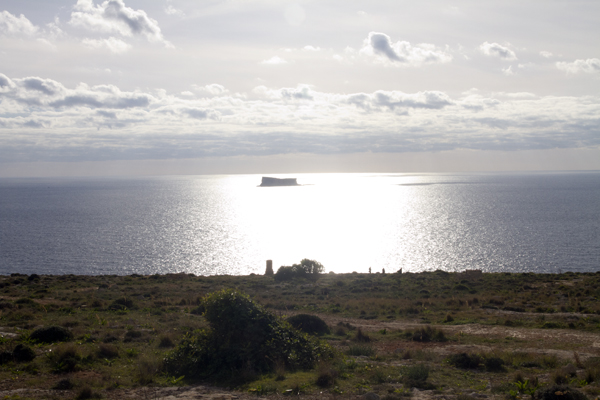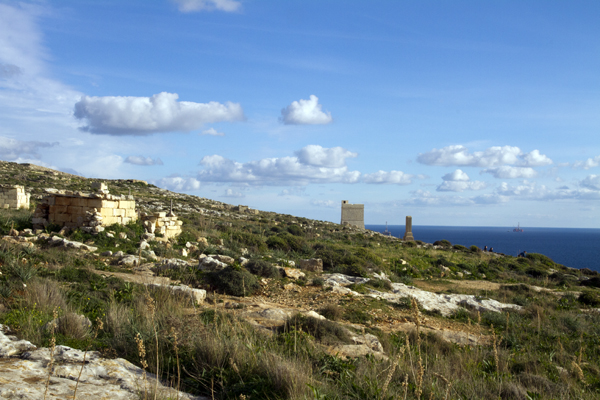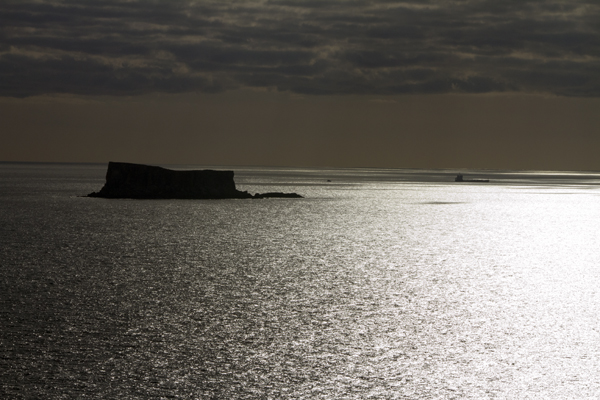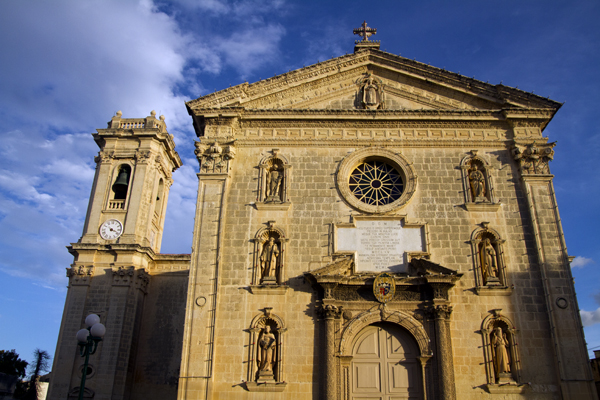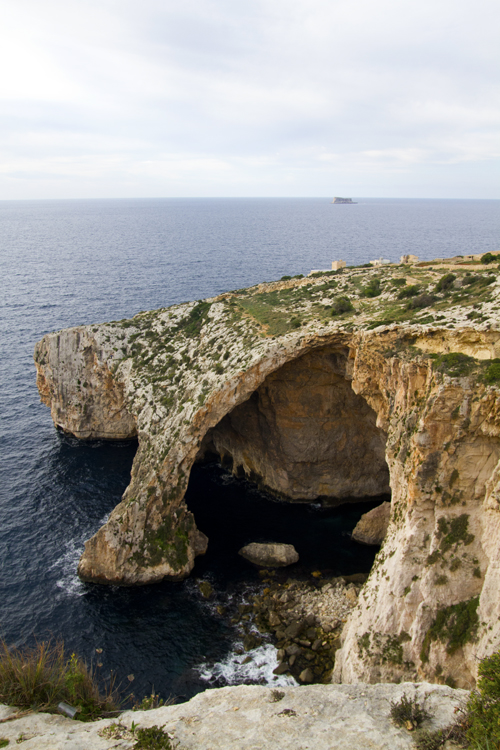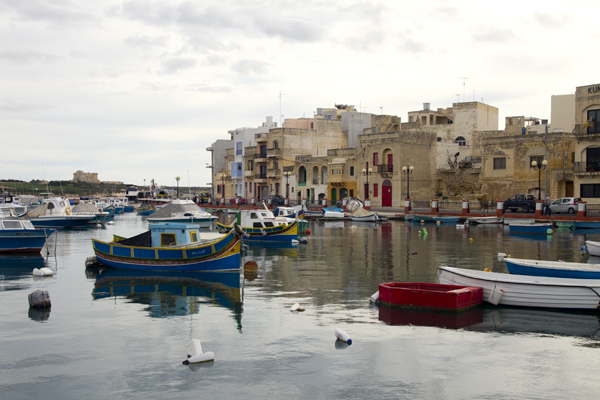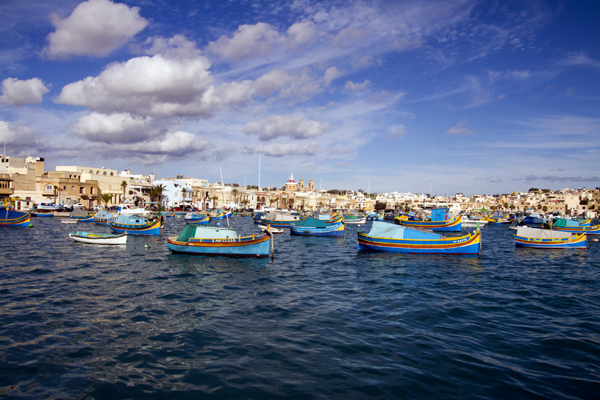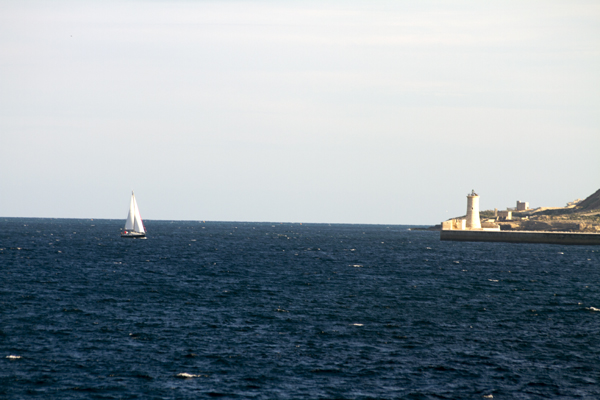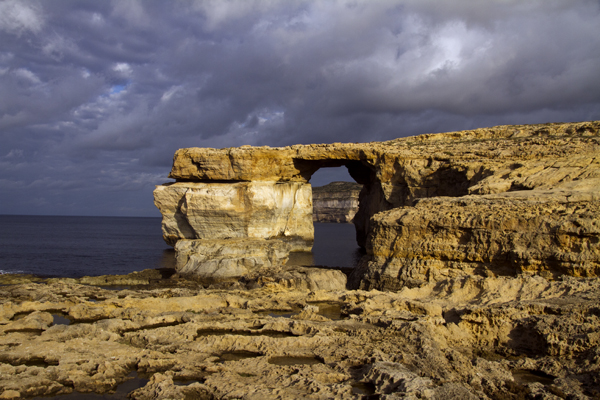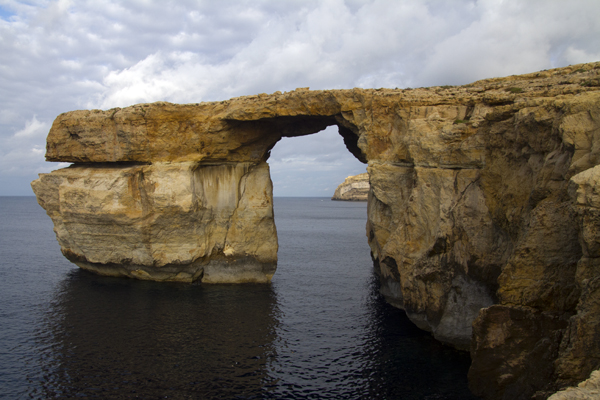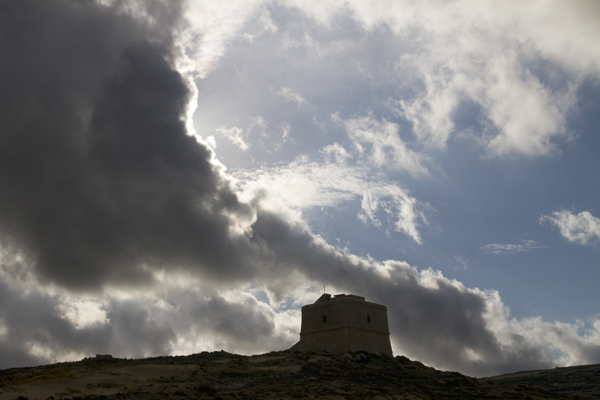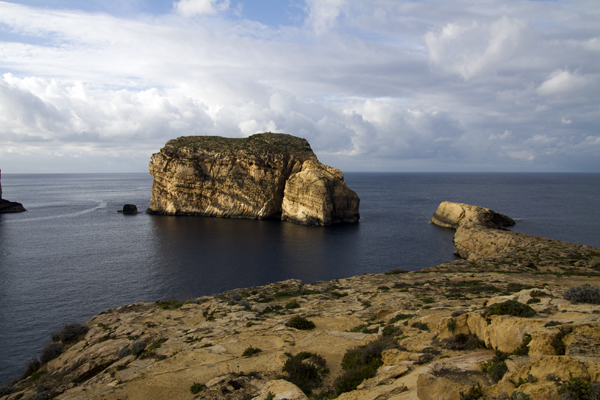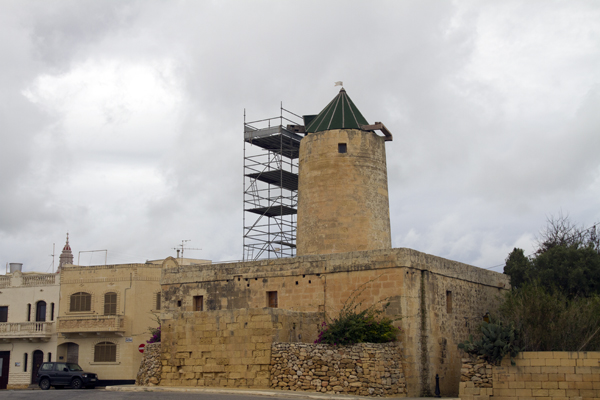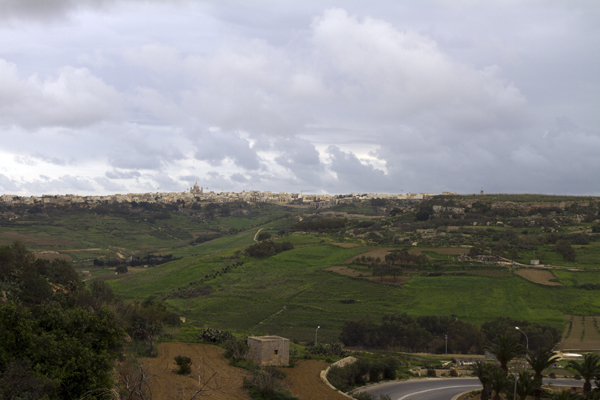I left Belgium on 29 December for a few days in Malta – I had never been there, and I figured the weather would be better than what I could expect home. I arrived late as the flight schedule is not very good and so did not start exploring until 30 December.
I wanted to go first to Gozo, a smaller island North of Malta, as I knew that most museums and churches would be closed for the next few days – however, when I arrived at the ferry terminal, the line was very very long and therefore I decided that I would go on another day.
I went instead to Mdina, the Jewel in Malta’s crown as indicated in my guide. The medieval center of the city, inside the fortified walls, has been preserved as it was many years ago. The outer gates are impressive enough and you get the immediate reminder that Church and Army were often one and the same thing here.
I did not expect to see flowers ta this time of year. There were clouds in the sky and therefore I had to try to time my pictures when the light was best – I was not always able to do it, but here my timing was OK…
Mdina is built on top of a hill – there is a great view from one of the squares on the North of the city – however, not as great as could be because of the poor light. On a clear day, which this was not, you can see Sicily and Mount Etna about 100 km away. I was more interested in the square and the architecture.
St. Paul’s Cathedral at Mdina is the original seat of the CatholicChurch on the island. When Valletta was founded and became the capital, a new church was built there and is called the Co-Cathedral – there are still two “Cathedrals” in Malta even though there is only one bishop. A strange quirk of history… The exterior is not very impressive – the interior is much more decorated. This is also one of the very few cathedrals I have ever seen with two cannons on the front (one is visible under the tree between the left and center doors, the other is to the right of the car between the center and the right door) – another indication of the struggles that Malta had to go through during its history.
Another of the gates in the old city. While in Mdina, I started to learn more, a lot more, about the history of Malta and especially the history of the Knights of Malta, who ruled the island from the Crusades until late in the 19th Century.
However, human occupation of this island goes back long before the Crusades and Malta is actually the home of several sets of ruins that date back 4000-5000 years ago. The megalithic temples of Hagar Qim and Mnajdra are close to Mdina, not far from the sea and open to the public so I decided to go take a look. In the museum, I saw a picture that looked very familiar. It is a picture of Bru Na Boinne, the megalithic temple I had visited only 9 months earlier during my trip i Ireland. These were built around the same time, but there are no indications that the peoplewho built these were in contact with each other.
A tent has been built on top of the ruins to protect them from rain and to protect the visitors from the sun,something that must be needed in summer, but was rather superflous now.
These were not homes, and no one is quite sure what they were. They are a collection of passages, and rooms and then smaller rooms in the back and sides of the larger rooms. There was more than likely a roof over the rooms. Some of the stones used for the construction weigh several tons and once again the question is how did these people move such heavy stones, which had to come from far away and are then stacked one on top f the other. I do not really care how they did, I still find it amazing that people 5000 years ago were this industrious and were able to build something that has lasted this long. My apartment, built only 30 years ago, is already falling apart!
Some of the stones are decorated with Dot Patterns – how long did that take?
The area around the monuments is on the edge of high cliffs right by the sea and I decided to go for a walk into the countryside. Just offshore, there was a very interesting island called Filfla with a flat top. It was used for target practice by the British Navy and Army until 1970 when it was declared a Natural Reserve … quite a change in fortune.
A typical view of the Maltese countryside … Churches with red domes, dry rock walls gently falling apart if they have not been reconstructed lately and oservation towers built hundreds of years ago.
I was fascinated by Filfla, especially since it was directly against the sun and therefore let me take interesting shots with high contrast. You can see a monument in the foreground, next to one of the larger bushes. It is a memorial for Sir Walter Congreve, Governor of Malta in 1924-27, who was buried at sea near this point.
A better view of the memorial and one of the observation towers just to its left.
Anytime you look out to sea in Malta, you can see ships going past. One of the reason why Malta’s history is so rich is due to its strategic position in the Mediterranean sea. Even today, it is in the middle of busy shipping and transport lanes between Asia and Europe.
The ancient observation towers have been replaced by modern technology – radar systems located throughout the island to detect possible invasion. There is one located at the top of the cliffs in the distance.
On the way back to the hotel, I stopped in Zebbug, which, like most towns here, has a very impressive church.
Second day, and I decided to continue my exploration of the Southern coast of Malta. I was intrigued be several drilling rigs off shore. I have not heard of Malta for oil production, and there is not a whole lot in the Mediterranean Basin to start with – are they looking for fresh water? Are they just stored there in relatively calm waters? I could not tell.
Near the small town of Wied iz-Zurrieq, the sea has carved the cliffs into natural archways. During the high season, you can take a bat trip to see more of these, but there was no one at the harbour at this time of year.
I stopped at “Pretty Bay” with a small harbour full of the traditional colourful fishing boats. It is amazing that I was the only tourist in all these areas – an major advantage of being here at this time of year, even if I missed out on some of the activities. I was fascinated by the building on the left in the background of this photo. Even in this island of fortifications, this looked even more impressive than the others.
It turns out that it is the most fortified aquarium in the world! Must be very valuable fishes they have in there. It is actually an old army fort that has been converted, and is closed to the public except on Fridays – that’s when we eat fish! Strange choice …
For lunch, I stopped at Marsaxlokk, a sleepy (at this time of year) fishing village with excellent seafood restaurants.
And another harbour with local fishing vessels
But there is some activity, even though in general for every person working, I saw several just watching the work – just like most road work in Belgium…. or any other country for that matter.
Where there is town, there is church …
On the way back. I noticed in the distance a rather large church in one town, with three silver domes (they are usually red) so I had to get a closer look. Unfortunately, impossible without a plane to get a good view, so you have to take my word for the fact that this is a large church with three silver domes… This is the main church in Paola, but not significant enough to make my guide.
I finished the day walking along the seaside promenade in Sliema. It was a perfect day for sailing and there were a lot of sailboats out enjoying the last day of the year. However, the weather was cold enough that people watching was not that great. So I took pictures of the sailboats…
On 01-01-2011, I finally made it to Gozo. The view from the ferry was already nice, approaching Mgarr after a 30 minute crossing.
The main church in Mgarr (I have to remember to say main church as even the smallest of villages here has several to choose from) is impressive as I could see from off shore so I went exploring. New Year mass was on so I could not go inside.
However, from the ferry I was able to see another church that was far greater than anything else I could see on the island. I started to drive towards it and ended up in the small town of Xewkija, not on any tourist’s itinerary except for the Rotunda, or the Church of St John the Baptist, built between 1951 and 1971. It was entirely funded by the local community and the dome is larger than St. Paul’s in London! It is said to be so large because of rivalry with Mosta, in Malta, also built around that time with local funding. Amazing what competition can do… there is room for 4000 people in the church, more than the whole population of the town.
One of the highlights of Dozo is near Dwejra. There is a huge natural arch carved into the cliffs called the “Blue Window”. Not obvious from this angle, but there are others where you can really understand why it is called that.
It is worth more than one photo! This one is better at showing how large it is. You would barely notice a man standing on top of the arch at this scale!
Overlooking the arch is another observation tower called Qawra Tower.
And off shore, ther is “Fungus Rock” – OK, they are not great at naming places in Malta… – known for a plant that looks like a fungus which has near miraculous pharmaceutical properties that were recognised by the local people and used by the Knights of Malta. It became so important that landing on the island without permission was a criminal offence.
The main city in Gozo was called Rabat, but is now known by the name of Victoria, even though a lot of street signs still point towards Rabat. Confusing? I was …
The center of the old town is called Il-Kastel and is surrounded by high ramparts and has been preserved in its original medieval state. Narrow lanes are the norm.
The Cathedral of the Assumption is not very large, and unfortunately was being renovated. There was a mass here as well, so I did not get to see the inside.
In a small town called Xaghra, there are the remains of the old Ta’Kola wind mill, built in 1725. It is taller than I thought.
The view from the windmill (no not the top of it) is very nice too, with Nadur in the distance, and another large church…
But it was time to take the ferry back to the main island. I spent the next two days in and around Valletta, but that will be for another episode of this trip…
(2194 Page Views)



